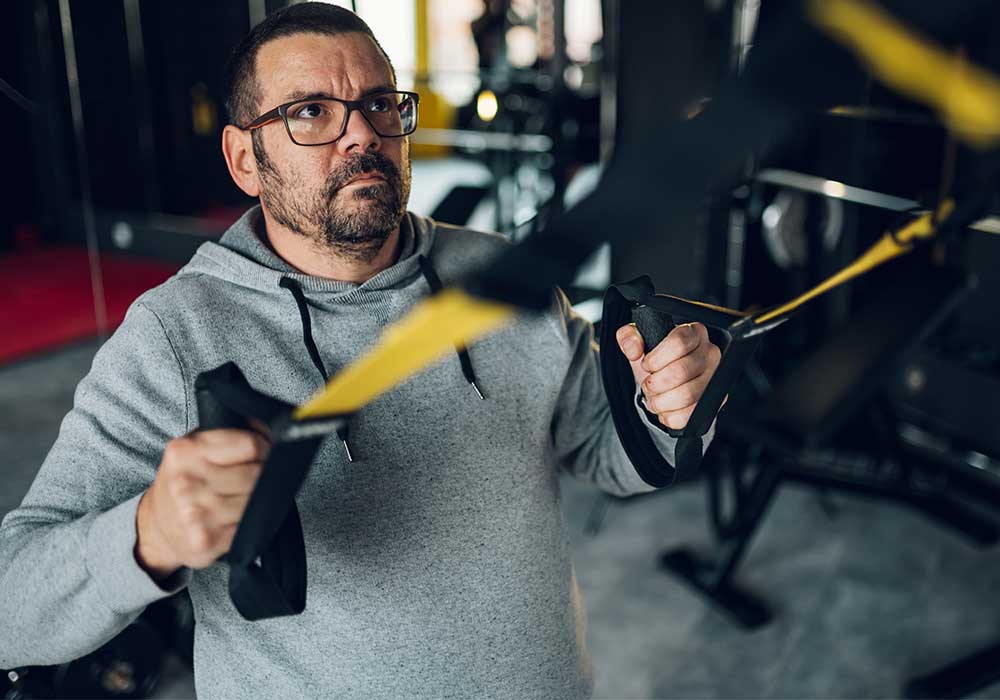THIS POST IS PART OF THE ULTIMATE GUIDE TO BACK PAIN RELIEF
A fracture, or break, in one of the cervical vertebrae is commonly called a broken neck.
Anatomy
The neck (cervical spine) is composed of vertebrae bones and discs that connect the upper torso and base of the skull. The cervical spine provides stability to the neck while allowing motion to occur. Also, each vertebrae has an opening that forms the spinal canal – through which the spinal cord passes. Your spinal cord and nerves travel through the spinal canal carrying messages between your brain and muscles.
Cause
A broken neck, or cervical fracture, can occur from a number of causes. Because of the proximity of the spinal cord and nerve roots, these injuries can have serious consequences. Damage to the spinal cord can result in paralysis or death. These fractures are usually a result from a high-energy trauma. This can include a car accident, fall from a height or athletic injury.
Broken neck symptoms
- Moderate to severe pain in the neck
- Pain worsens with motion
- Pain spreading to the shoulder or arms
- Bruising and swelling at the back of the neck
- Weakness of the arms or legs
- Numbness or tingling in the arms or legs
- Loss of balance and/or coordination

Physician examination
Patients with a severe cervical fracture require immediate emergency stabilization at the accident scene, usually by EMS rescue workers. Then, the emergency room physician will conduct a thorough physical evaluation of the patient. A neurological test and imaging tests will be necessary to confirm the diagnosis.
In less extreme cases, to determine whether you have a cervical fracture, your physician will ask you for a complete medical history, have you describe your symptoms and conduct a physical examination. An X-ray, CT scan, and/or MRI is usually necessary to confirm the diagnosis.
Make an appointment with an OrthoIndy spine surgeon
How is a cervical fracture treated?
Treatment depends on the resulting stability of the neck following the fracture, along with whether there was injury to the spinal cord or nerves. Less severe fractures, with adequate stability to the neck, can be treated with a brace. More complex fractures with instability of the neck require surgery.
Prevention
Because many of these injuries occur secondary to accidents, the best prevention of having a neck fracture is to take appropriate safety precautions to avoid accidents. Proper safety equipment and techniques when participating in sports can reduce the likelihood of sustaining a cervical spine fracture. Additionally, wearing a seatbelt can help protect you and your family.
Learn more about treatment options for neck and back pain at OrthoIndy.
Schedule an appointment
Your well-being is important to us. Click the button below or call us to schedule an appointment with one of our orthopedic specialists. If your injury or condition is recent, you can walk right into one of our OrthoIndy Urgent Care locations for immediate care. For rehabilitation and physical therapy, no referral is needed to see one of our physical therapists.

Get the Ultimate Guide to Back Pain Relief
Our comprehensive guide will help you understand back pain and its different causes, like sciatica, herniated disk, scoliosis, pinched nerves and more.





